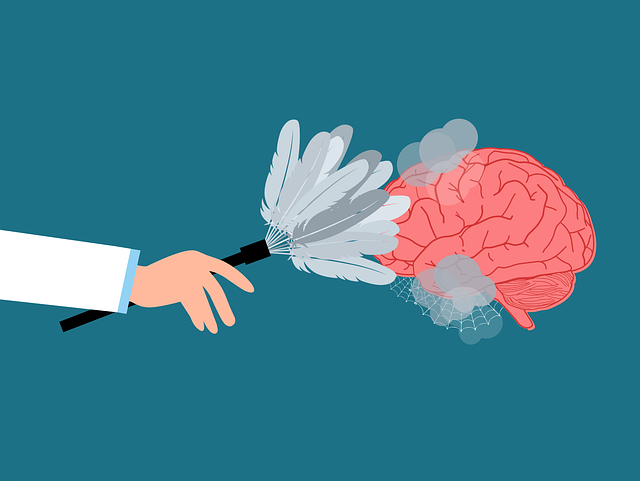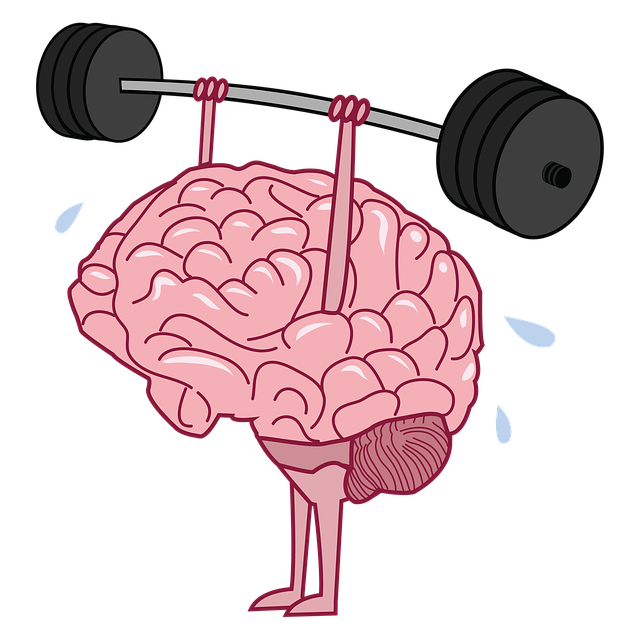Aurora Exposure and Response Prevention (AERP) Therapy is an evidence-based approach combining gradual exposure therapy with cognitive behavioral principles. By identifying risks, conducting comprehensive risk assessments, and implementing proactive safety measures, AERP minimizes potential harm while empowering individuals to change maladaptive thoughts and behaviors. This holistic strategy, including emotional support, education, and self-care practices, enhances long-term mental health and well-being for those managing PTSD, phobias, and anxiety disorders.
Risk assessment and harm minimization planning are essential components of effective treatment strategies, particularly in understanding and managing conditions like hoarding disorder. This article delves into a structured approach for professionals, guiding them through critical steps. We explore ‘Aurora Exposure and Response Prevention Therapy’, a specialized technique, to identify risks and potential harms. Additionally, we provide insights on developing comprehensive harm minimization plans, implementation strategies, and ongoing monitoring, ensuring optimal patient outcomes while prioritizing safety.
- Understanding Aurora Exposure and Response Prevention Therapy
- Identifying Risks and Potential Harms
- Developing a Comprehensive Harm Minimization Plan
- Implementing and Monitoring the Plan Effectively
Understanding Aurora Exposure and Response Prevention Therapy

Aurora Exposure and Response Prevention (AERP) Therapy is a specialized form of treatment designed to help individuals manage intense emotions and fears by gradually exposing them to stressful situations or triggers, in a safe and controlled environment. This therapy is based on the principles of cognitive behavioral therapy, focusing on changing maladaptive thoughts and behaviors associated with trauma or anxiety disorders. By facing their fears head-on, clients learn to regulate their emotional responses, thereby reducing the impact of distressing memories or stimuli.
AERP Therapy is particularly effective for those seeking long-term solutions to improve their mental health and overall wellness. It empowers individuals with coping strategies and skills that can be applied in various aspects of life, enhancing their emotional resilience. This approach has gained recognition in Mental Health Policy Analysis and Advocacy circles due to its success in treating post-traumatic stress disorder (PTSD), phobias, and other anxiety-related conditions, ultimately contributing to a more holistic Mental Wellness Journaling Exercise Guidance for individuals seeking to optimize their emotional well-being.
Identifying Risks and Potential Harms

Identifying risks and potential harms is a critical step in any risk assessment process, including Aurora Exposure and Response Prevention (AERP) Therapy. AERP, an innovative approach to therapy, focuses on minimizing harm by understanding and mitigating exposure-related risks. This involves thoroughly evaluating various aspects of a client’s life, such as their social environment, daily routines, and coping mechanisms. By identifying triggers and potential stressors, therapists can tailor interventions to support individuals in developing effective self-care routines for better mental health.
In the context of AERP, risk assessment goes beyond individual therapy sessions. It encompasses examining systemic factors and societal influences that might contribute to harm. This includes analyzing mental health policies and advocating for improvements, as well as organizing stress management workshops to empower individuals with tools to navigate challenging situations. Through these strategies, a comprehensive approach to harm minimization is fostered, ensuring individuals receive the support they need to thrive.
Developing a Comprehensive Harm Minimization Plan

Developing a comprehensive harm minimization plan is an essential step in addressing potential risks associated with mental health interventions. This process involves a multi-faceted approach, particularly when considering complex therapies like Aurora Exposure and Response Prevention (AERP) Therapy. AERP, for instance, aims to reduce symptoms of anxiety and depression through exposure to feared situations while preventing impulsive responses. Therefore, a detailed harm minimization strategy is crucial to ensure participant safety and well-being during and after the treatment.
The plan should integrate various components such as thorough risk assessment, consent processes, and implementation of proactive safety measures. It must account for potential emotional triggers and include strategies to foster Emotional Intelligence among participants. Additionally, regular monitoring and supportive care can significantly mitigate risks and enhance Mental Wellness. This may involve integrating insights from the Mental Illness Stigma Reduction Efforts into the therapy model to create a supportive environment and encourage open communication about challenges faced during treatment. Furthermore, producing a well-structured Mental Wellness Podcast Series can serve as an adjunctive resource, providing educational content and community support for both participants and their loved ones.
Implementing and Monitoring the Plan Effectively

Implementing and monitoring a harm minimization plan is crucial for ensuring its effectiveness in mitigating risks associated with complex interventions like Aurora Exposure and Response Prevention (AERPT) Therapy. The process begins with clear communication between the healthcare provider and the patient, outlining potential risks, benefits, and alternative options. This collaborative approach fosters trust and empowers individuals to actively participate in their care, enhancing treatment adherence.
Regular monitoring involves periodic assessments to track changes in the patient’s condition, psychological well-being, and response to therapy. Healthcare Provider Cultural Competency Training plays a vital role here by ensuring that professionals are equipped to recognize and address cultural or personal factors influencing treatment outcomes. Incorporating Self-Care Practices and Mental Health Awareness can further strengthen risk management, enabling patients to engage in proactive strategies for stress reduction and emotional well-being, thereby minimizing potential harm.
Aurora Exposure and Response Prevention Therapy (AERPT) offers a comprehensive approach to managing risks and minimizing potential harms. By understanding exposure, identifying specific risks, and developing tailored harm minimization plans, individuals and organizations can create safer environments. Effective implementation and regular monitoring of these plans are key to ensuring the success of AERPT strategies, fostering a culture of safety, and promoting positive outcomes for all involved.














